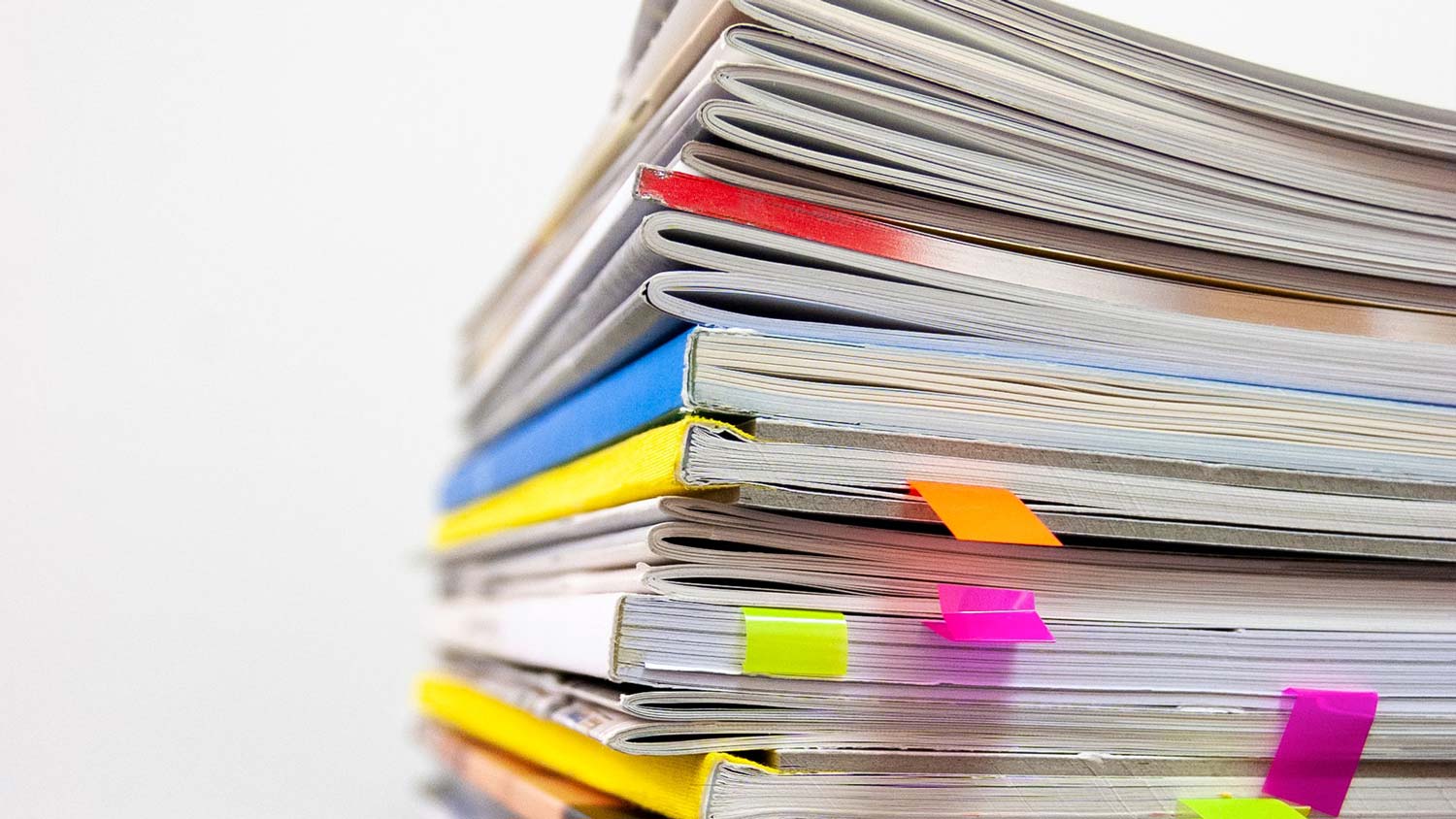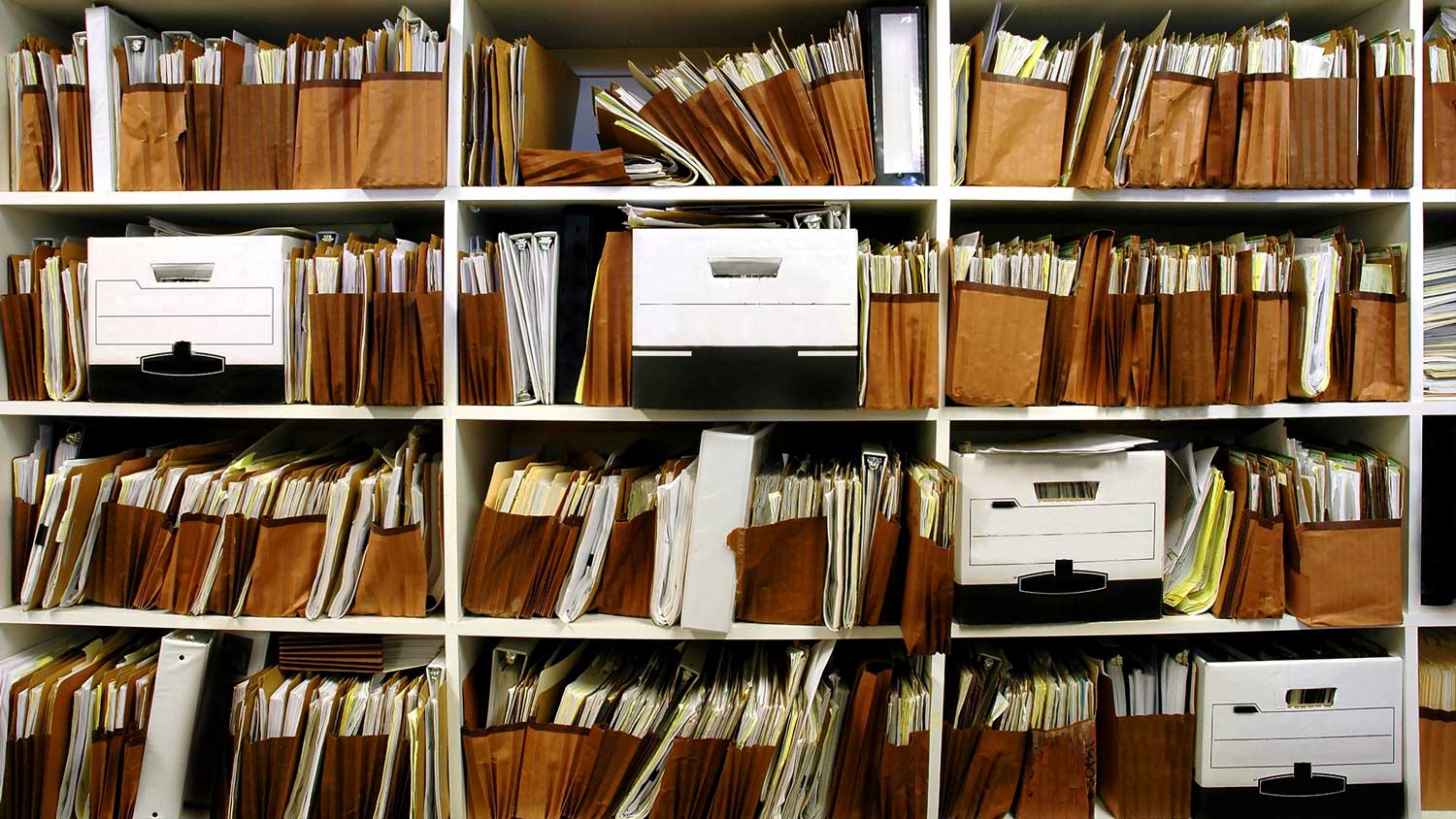Document vs Record: Understanding the Key Differences
Table of contents
In the realm of information management, the terms 'document' and 'record' are often used interchangeably. However, in a business context, they signify different types of information and require distinct management strategies. Understanding the key differences between documents and records is crucial for effective information management in any organization.
Document vs Record
Defining a Document
A document is any piece of written, printed, or electronic matter that provides information or evidence but has not yet been officially executed. Documents are dynamic and can be edited or revised. They include drafts, emails, reports, spreadsheets, and policies.
Defining a Record
A record is a document that provides evidence of a business transaction or activity. Once a document is declared a record, it becomes static and should not be altered. Records include contracts, purchase orders, receipts, and meeting minutes.
Key Differences in Management
1. Life Cycle
- Documents: Have a fluid life cycle; they can be modified and evolve over time.
- Records: Have a fixed life cycle; they remain unchanged once declared a record.
2. Purpose
- Documents: Serve to communicate information, instructions, or ideas.
- Records: Provide evidence of business activities, decisions, and transactions.
3. Retention
- Documents: Retained as needed, often for shorter periods.
- Records: Governed by specific retention schedules for legal, operational, or historical reasons.
4. Security and Compliance
- Records: Subject to stricter security and compliance measures due to their legal and business significance.
Implementing Effective Management Strategies
Document Management
- Focuses on the control and revision of documents.
- Utilizes tools like document management systems (DMS) for editing, sharing, and storing documents.
Records Management
- Involves maintaining records in a secure and organized manner.
- Requires adherence to retention schedules and disposal policies.
Best Practices for Document and Record Management
1. Clear Policies
- Establish and communicate clear policies for document and record management within the organization.
2. Training and Awareness
- Train staff on the differences between documents and records and their respective handling procedures.
3. Regular Audits
- Conduct regular audits to ensure adherence to management policies and legal compliance.
4. Use of Technology
- Leverage technology like DMS and records management systems for efficient handling, storage, and retrieval.
Conclusion
Understanding the distinction between documents and records is vital for any business. Proper management of these elements ensures not only the efficient operation of business processes but also compliance with legal and regulatory requirements. Fill out our "get a quote" form. By clearly defining and managing documents and records, organizations can safeguard their valuable information assets.
Share this
You May Also Like
These Related Stories

How to Find the Best Document Scanning Company in Maryland

The 2025 Document Retention Guidelines for Compliance

